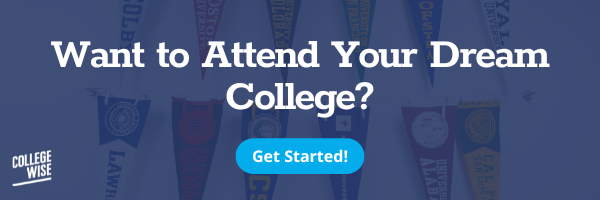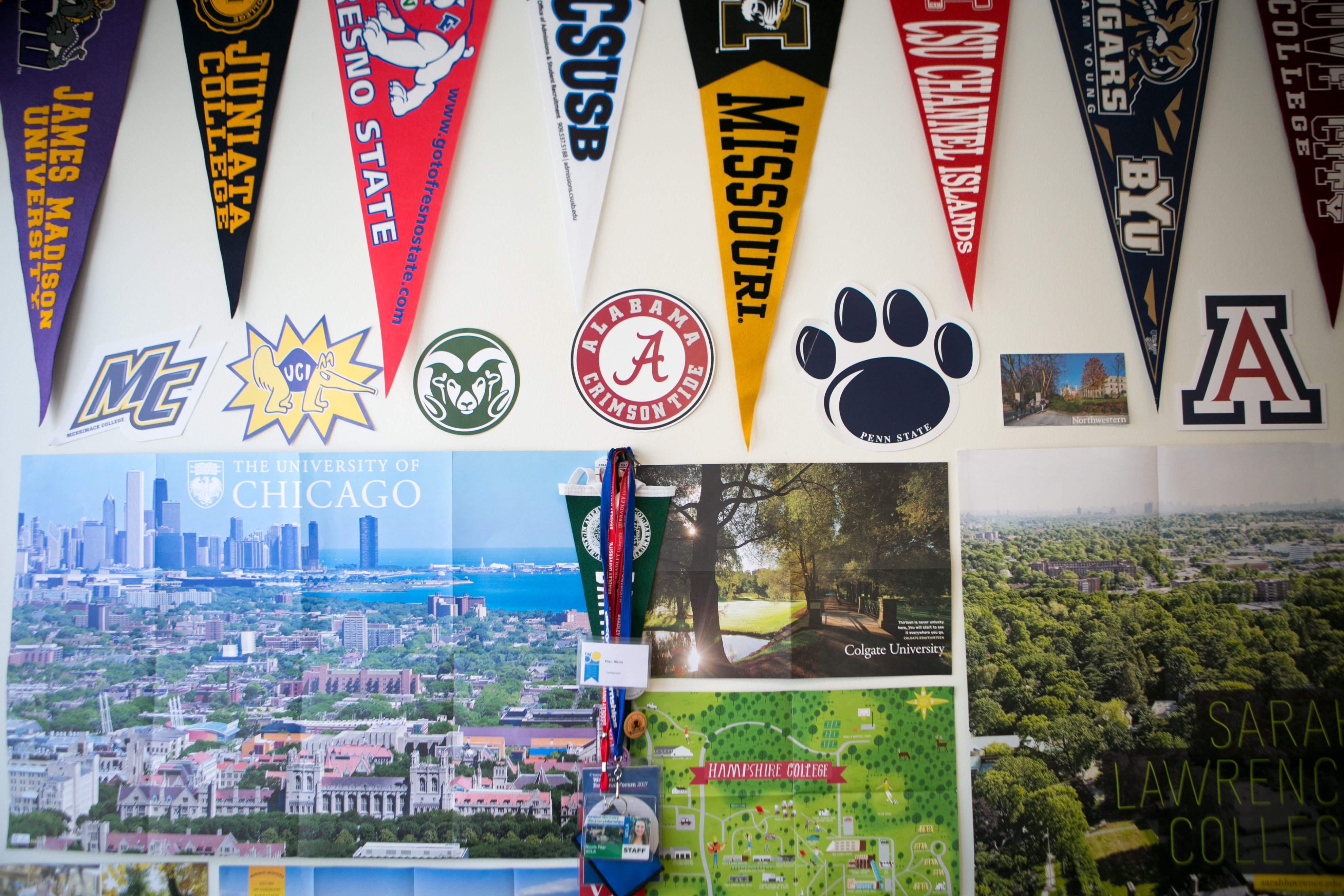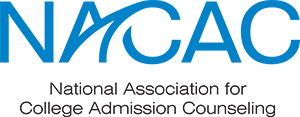Like all things that are final, finalizing a college list can seem daunting. Where do you start on building that list? How many schools should be on it? And is that list really final? Here’s how to tackle finalizing your list of colleges (and when) from someone who did it in all the wrong ways.
Identify your priorities.
Your priorities can be anything and everything—maybe you want to live in a city or you want to have access to volunteer opportunities at your college to engage with the local community or you want to go to school where football drives the social scene. Your priorities are the things that will not change from school to school, and there should be enough of them to truly help you narrow down an overwhelming number of schools to something more manageable. Your priorities will drive your college search process and help you eliminate schools that just do not fit your criteria. Take some time to think about what’s important to you (and you alone)—after all, you’re the one who’s going to be living wherever you end up for four years.
Do your research.
Make sure that, in addition to meeting your priorities, the schools that make it to your almost-finalized list offer everything else you need to be as successful as possible. What is the academic scene like, and will it allow you to be the best student you can be? What about access to hands-on learning opportunities and time with your professors?
Be sure to look at the social environment, too. You will spend far less time in a classroom in college. That’s by design, of course—so much learning in college happens outside of classroom instruction—but you want to make sure the social scene lines up with what you want, too. What kinds of student organizations will you join? Are there study abroad opportunities that you might interest you? What’s the local community like, and can you become a part of it?
Build your list.
The end product of all of this research is a college list that should have 8-12 schools on it. There are no rules as to how many schools you can apply to, but every school has an application fee. And don’t forget about all those pesky (but super important) essays to think about. You want to make sure you have enough time and energy to write the best essays you can, because they make a huge difference in your application.
Finalize that list.
On that list, there should be a mix of schools: likely, target, and reach schools. Often, in-state schools are good “likely” options because you are more likely to be admitted as a resident of the state. Of course, in-state schools are also excellent financially safe options, too, and I can’t think of another year where having a strong financially affordable option was so important.
Timeline
In theory, you can start building your list of priorities and doing college research very early in high school, but it’s much more beneficial to start at the start of junior year: as you start to get a picture of the kind of student you are, your learning style, and your general likes and dislikes.
In an ideal world, your list should be final in July before you start your senior year. That might seem early, but applications open on August 1. If you have a final list, you can get to work right away. You can finalize your college list after August, too, but I would not recommend waiting much longer than that. Once school starts, it will be exponentially harder to do well in school, participate in all your activities, write your college essays, and put together a stellar application. You want to give yourself time to do your very best work.
Helpful Tips
- “Dream schools” lead to disappointment.
I love the idea of a single place where, from the moment you step foot onto campus, you feel like you belong. Unfortunately, having just one dream school is a good way to set yourself up for heartbreak. Instead, you should have 8 or 10 dream schools—a list of schools where you would be happy to go to. That’s why your priorities drive your process, so that every school that makes it to your list has elements that are important to you. In fact, you shouldn’t apply to a school that you’re not going to go to.
- COVID-19 doesn’t change anything.
That’s not entirely true, of course—COVID-19 has changed everything. Maybe you were planning to visit colleges over spring break, attend a soccer clinic at a school in a different state, or participate in a summer program on a campus that you were really interested in. While COVID-19 has probably changed the mechanics of getting to know a college, it has not actually changed the process. You can still get to know schools using virtual tours, looking at their school newspapers online, and emailing admissions folks and professors. It’s not ideal, but it’s possible. COVID hasn’t changed the timeline, either. You should still be prepared to submit applications in the fall.
- It all works out in the end.
I’ve been in admissions and counseling for my entire working life, and I can tell you that I did this part all wrong. I didn’t think about my priorities and I didn’t do nearly as much research as I should have. Here’s the thing, though: it totally worked out. I went to a school that pushed me out of my comfort zone and challenged me to grow to be successful. It provided me with a career, a network, and fond memories. That’s ultimately what you want out of your college experience. No matter what’s happening in the larger world, this is an exciting time and, even though I know it’s hard, you should enjoy looking for schools and imagining yourself at college.
To download a brief guide on how to do college research, click here.
About Us: With more than twenty years of experience, Collegewise counselors and tutors are at the forefront of the ever-evolving admissions landscape. Our work has always centered on you: the student. And just like we’ve always done, we look for ways for you to be your best self - whether it’s in the classroom, in your applications or in the right-fit college environment. Our range of tools include counseling, test prep, academic tutoring, and essay management, all with the support of our proprietary platform, leading to a 4x higher than average admissions rates.






.png)
